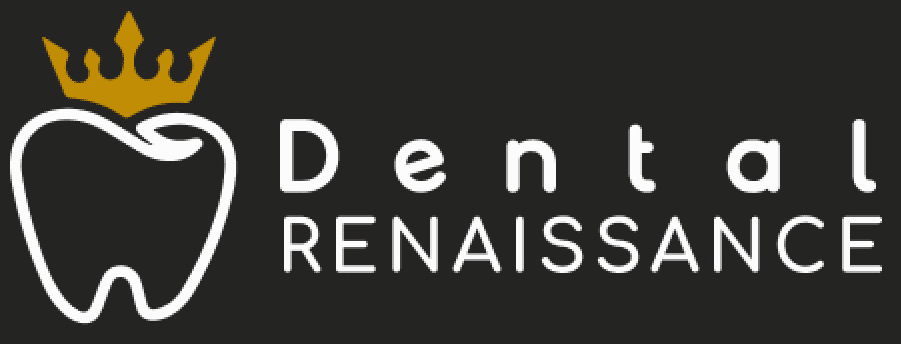Dental Bridges

Dental Bridges
Even one missing tooth can make it difficult to eat and speak as you should. It can affect your appearance and lead to future tooth damage. To enjoy a complete smile again, call Dental Renaissance at 972-423-0880 for an appointment with our dentist. Dr. Kari Blankenship and our team offer dental bridges in Plano, Texas.
Our dentist may recommend replacing your missing teeth with a dental bridge. Bridges are designed to replace individual teeth or several teeth in a row, closing the gap caused by the missing teeth to restore your smile as well as your ability to chew and speak normally. Bridges consist of one or more prosthetic teeth anchored in place through the use of two dental crowns, one on either side of the prosthetic tooth or teeth. These crowns hold the artificial tooth in place to help ensure that it will not shift or come loose. Your bridge may also be anchored by a dental implant rather than by crowns.

Dental Bridges Are Typically Recommended To:
- Restore your ability to perform daily actions such as speaking and eating
- Alleviate excess stress on your bite
- Replace partial dentures
- Prevent your remaining teeth from shifting out of position
Bridges have the added benefit of preventing your remaining teeth from shifting out of place, helping you to maintain your smile and improving the shape and volume of your face.
When you receive a dental bridge, plan on at least two appointments with our dentist. During the first visit, we will take impressions and prepare your teeth to receive the bridge. After your bridge has been created, you will return to our office, where our dentist will check that it fits before permanently bonding your bridge into place.
Give us a call today for more information about dental bridges and to set up a consultation with our dentist.



